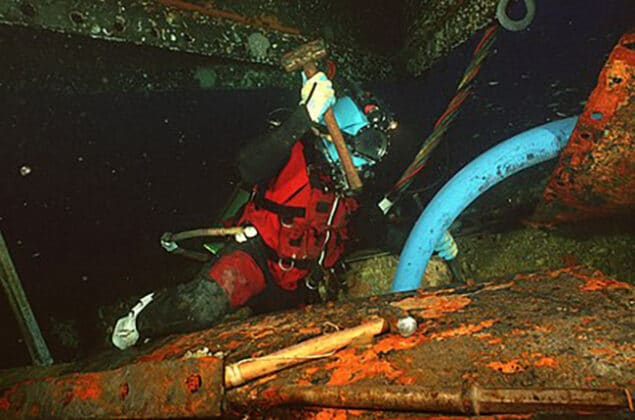

Byford Dolphin specificationsĤ9-metre (160 ft) Shaffer top compensator Byford Dolphin is able to maneuver with its own engines (to counter drift and ocean currents), but for long-distance relocation, it must be moved by specialist tugboats. As a drilling rig, Byford Dolphin is equipped with advanced drilling equipment and has to meet strict levels of certification under Norwegian law. She has a maximum drilling depth of 6,100 metres (20,000 ft), and she could operate at a water depth of 460 metres (1,500 ft). īyford Dolphin has a length of 108.2 metres (355 ft), breadth of 67.4 metres (221 ft) and depth of 36.6 metres (120 ft). In 1974–1978, she was named Deep Sea Driller. īyford Dolphin drilling rig is an Aker H-3 design which was built by Aker Group at the Aker Verdal shipyard in 1974. The rig has suffered some serious accidents, most notably an explosive decompression in 1983 that killed five workers and badly injured one. Olsen Energy subsidiary, and currently contracted by BP for drilling in the United Kingdom section of the North Sea. Olsen Energy)ĭNV class: 1A1 Column-stabilised Drilling Unit UKVSīyford Dolphin is a semi-submersible, column-stabilised drilling rig operated by Dolphin Drilling, a Fred. The relatives subsequently received compensation for the loss of their loved ones.Byford Dolphin in dry dock at Invergordon (Scotland, UK) in 2008īyford Dolphin Pte. The reports determined the cause of death to be human error, but the Alliance filed a lawsuit claiming there was insufficient safety equipment onboard.įollowing 26 years of fighting, a report found the chambers contained faulty equipment that led to the accident, indicating Crammond was absolved of responsibility. Serving as a stark reminder of the dangers of saturation diving, the Byford Dolphin accident resulted in the formation of the North Sea Divers Alliance, created by the relatives of the victims. The death of the divers is considered one of the most gruesome deaths in history.ĭue to the speed of the incident, it is expected that all the divers passed instantly and painlessly – but the scene left behind was horrific. The air rushing out of the trunk forced the diving bell from its position, striking the tenders, killing one and severely injuring the other. The trunk was now open to the environment and the chamber, which had a huge pressure difference – and the result was an explosive decompression.Īll four divers were exposed to a pressure gradient far too extreme for the human body to withstand, resulting in their immediate and violent deaths. Between steps 2 and 3, while the chamber door was being closed, Crammond suddenly released the diving bell clamp. The chambers consisted of chamber 1, in which Edwin Coward and Roy Lucas were resting, and chamber 2, where Bjørn Bergersen and Truls Hellevik were entering after their work.Ĭhamber 2 was connected to the diving bell by a trunk, which the bell would attach to and be secured by a clamp run by two diving tenders, William Crammond and Martin Saunders.ĭespite being experienced in this procedure, Crammond supposedly made a fatal error. The four divers were returning from a dive and exiting the diving bell into their compressed living chambers. They were assisted by two dive tenders, William Crammond and Martin Saunders. Lucas (British, 38), Bjørn Giæver Bergersen (Norwegian, 29) and Truls Hellevik (Norwegian, 34). The divers were Edwin Arthur Coward (British, 35), Roy P. While drilling in the Frigg gas field in the Norwegian sector of the North Sea, four divers were in a diving chamber system on the rig’s deck that was connected by a trunk (a short passage) to a diving bell. On November 5, 1983, at 4:00 a.m., the rig suffered serious accidents, most notably an explosive decompression that killed four divers and one dive tender, and badly injured another dive tender. It drilled seasonally for several companies in the United Kingdom, Danish, and Norwegian sectors of the North Sea.

Byford Dolphin was a semi-submersible, column-stabilised drilling rig operated by Dolphin Drilling, a Fred Olsen Energy subsidiary.


 0 kommentar(er)
0 kommentar(er)
